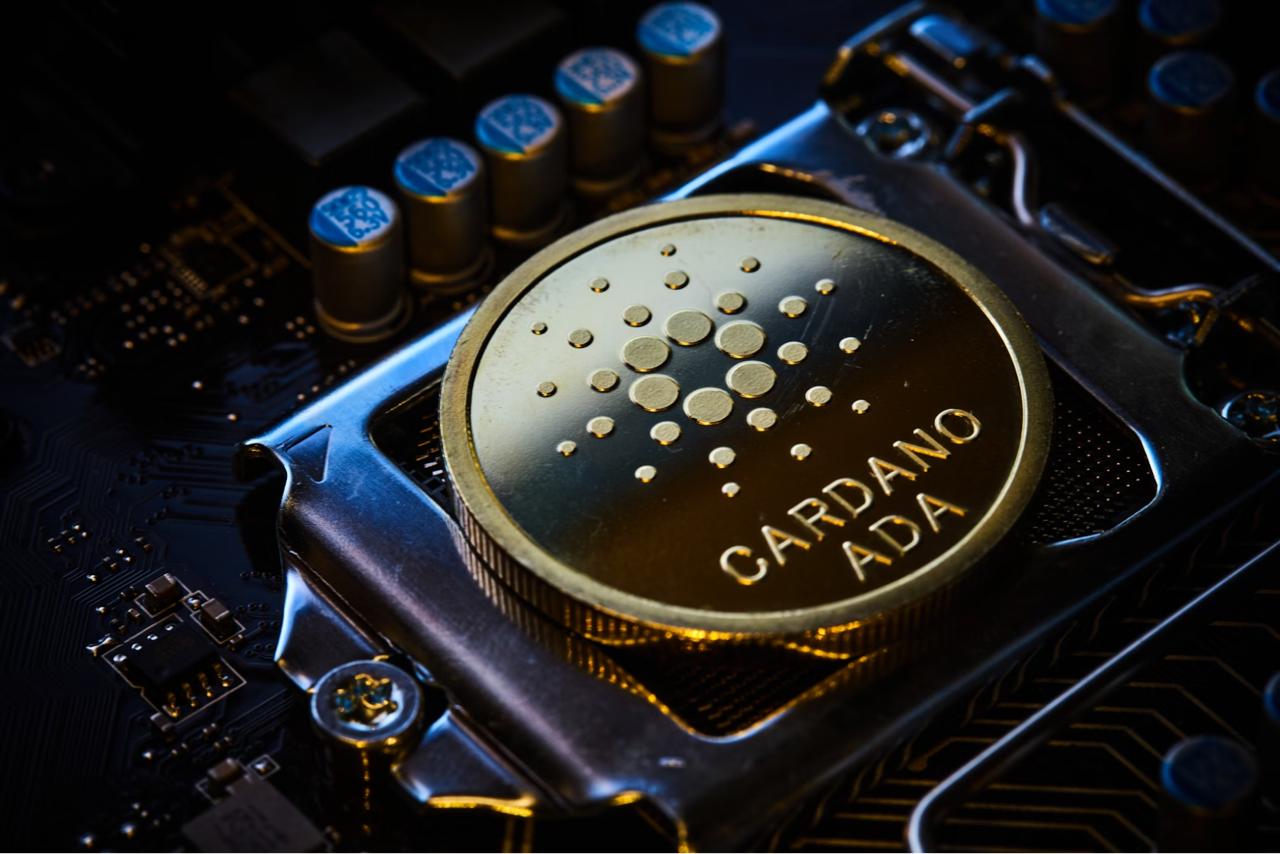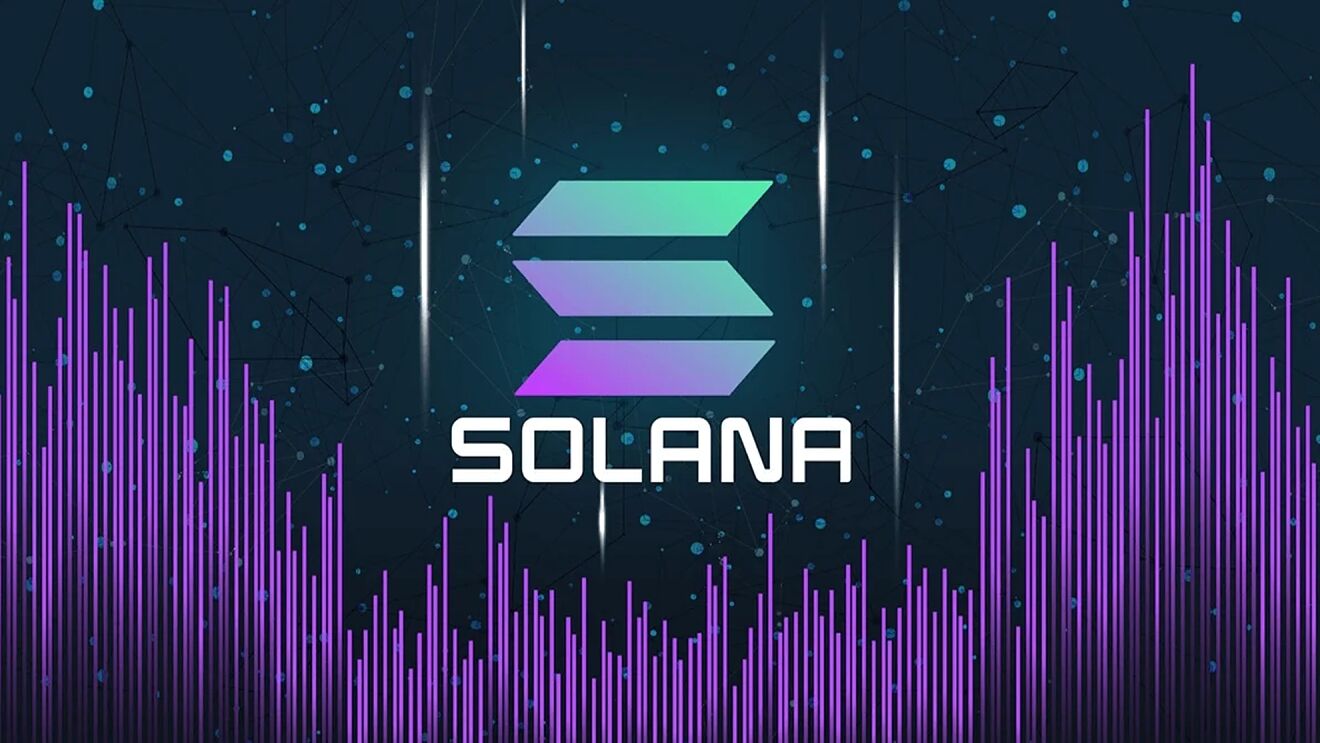The initiative aims to improve the blockchain’s resilience, performance, and scalability by enabling multiple node implementations, reducing reliance on a single codebase.
Why Node Diversity Is Becoming Essential
In blockchain ecosystems, the presence of just one dominant node client can become a systemic risk. A flaw in that client—whether due to a bug or exploit—can threaten network stability. IOHK emphasizes that introducing alternative node variants, built by different teams in different programming languages, increases fault tolerance and drives innovation.
A multi-client ecosystem supports specialized optimization and more inclusive development, allowing nodes to be tailored to specific platforms, applications, and performance requirements. It also aligns closely with Cardano’s broader decentralization goals.

Key Upgrades for the Cardano Node
As part of its broader infrastructure roadmap, IOHK has outlined several major upgrades designed to enhance node performance and improve the experience for network participants, particularly stake pool operators (SPOs):
Log-Structured Merge (LSM) Trees: A phased rollout of this memory optimization will begin with migrating the UTXO set to disk using Lightning Memory-Mapped Database (LMDB), later shifting to a custom LSM library. This move is intended to reduce memory usage and support Cardano’s long-term scalability goals, including handling significantly larger ledger states. Staking Incentive Redesign: IOHK is evaluating changes to the reward structure to support greater diversity among SPOs, especially smaller, independent operators. The proposed model aims to lower centralization pressures and improve inclusivity. Anti-Grinding Enhancements: To protect the Ouroboros consensus layer from manipulation attacks, IOHK is developing cryptographic updates to nonce calculation and exploring adjustments to the consensus parameter K, aiming to enhance settlement guarantees and finality without compromising fairness. Tiered Transaction Fees: A dynamic pricing model is in the works to improve fee predictability and congestion management. Users will be able to select between standard, priority, and assured transaction tiers, each offering different fee levels and time expectations for inclusion.Local Nodes for Trustless User Access
In addition to infrastructure updates for operators, IOHK is also focusing on user-facing improvements. Plans are underway for a lightweight desktop node that allows direct, trustless interaction with the blockchain—without third-party APIs.
This local node will support selective data indexing, storing only what’s relevant to the user. Wallets can connect directly, shifting reliance away from centralized API services. IOHK envisions a future where even individuals and SPOs can serve as distributed data providers within the network.

Project Acropolis: Unlocking a Modular Future
One of the most transformative efforts comes through Project Acropolis, an IOHK-led initiative to redesign the Cardano node into a modular, language-flexible architecture. While the original Haskell-based implementation offered security and formal verification advantages, it has also posed a barrier to wider developer participation.
Acropolis leverages Rust-based modules and the Caryatid framework to enable easier integration, faster iteration, and more efficient deployment. The plan includes:
Developing a data node with open interfaces (Q1–Q2 2025) Adding validation and block production to support full Praos operation (Q3–Q4 2025) Replacing legacy tooling like DB Sync with modern, resource-efficient Rust components Exploring further scalability enhancements through Leios starting in 2026IOHK expects this architecture shift to improve developer onboarding, lower hardware requirements, reduce syncing times, and increase long-term sustainability for the network.
Conclusion
Cardano’s move toward diverse and modular node design represents a foundational step in advancing decentralization and scalability. With technical innovations spanning both operator infrastructure and end-user tools, and a vision grounded in openness and resilience, the network is positioning itself for broader adoption and long-term success.
The post Cardano Advances Node Architecture with Focus on Diversity and Modularity appeared first on Coindoo.















 Bengali (Bangladesh) ·
Bengali (Bangladesh) ·  English (United States) ·
English (United States) ·